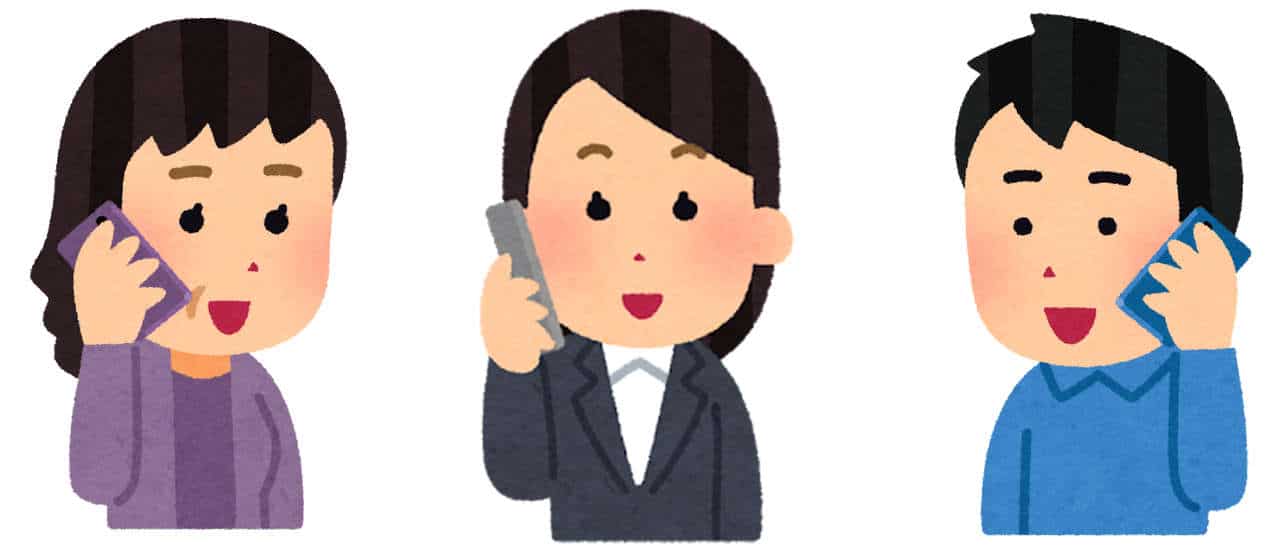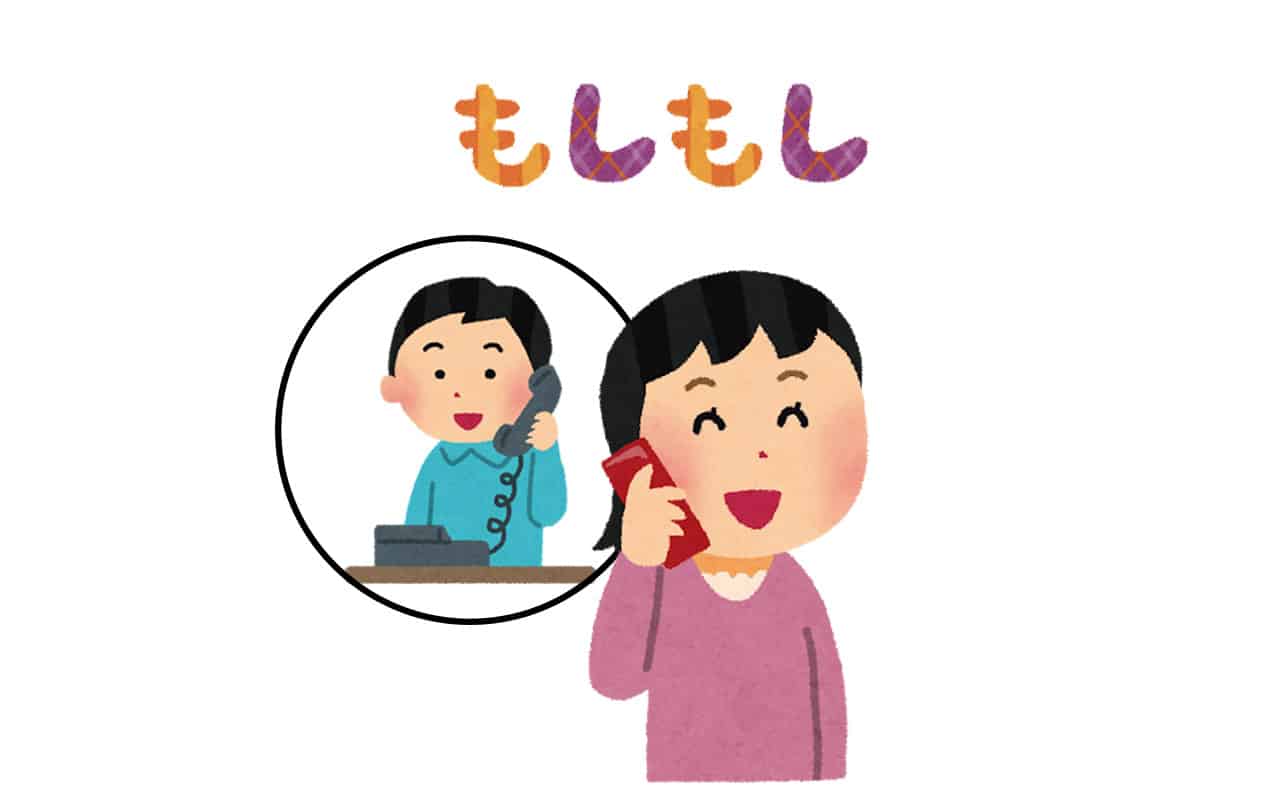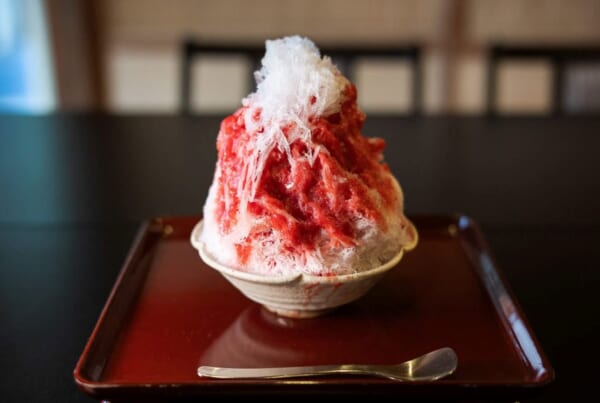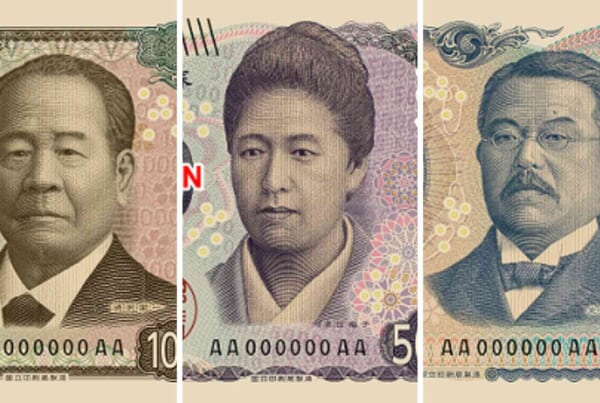Just as with face-to-face interactions, standard telephone exchanges in Japan follow a formal code of politeness. This is when you will most often hear keigo (敬語), the formal honorific mode of the Japanese language. Telephone conversations also reflect the importance of belonging to one’s social group or company. But where exactly does the iconic “moshi moshi” used in Japanese to answer the phone come from? Here are a few helpful expressions for making a phone call in Japan.
Why Do Japanese People Say “moshi moshi” When They Answer the Phone?
The typical greeting when answering the phone is もしもし (moshi moshi), used to initiate the dialogue. The expression comes from 申します (mōshimasu), a polite form of the verb mōsu, to say. While it translates literally to “I’m about to speak”, the implication is more akin to “Hello, can you hear me?” Basically, moshi moshi is a request for confirmation that the connection has been established.
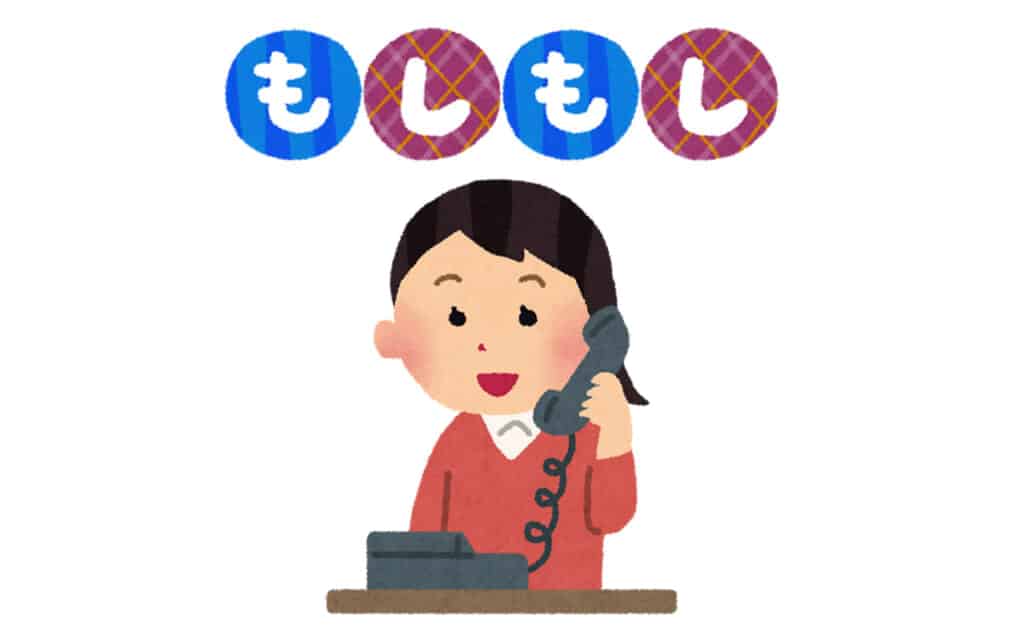
Moshi was used during the Meiji period by aristocrats and bureaucrats after Japan opened its first telephone lines in 1897. In order to call another individual, people first had to connect to a telephone switchboard operator. They would say “moshi”, as in “I’m going to say something”. This “moshi” was repeated at least once because the connection was often bad, and it was common not to hear someone or catch what they were saying. So gradually this repetition of moshi became a standard telephone greeting, much like our “Hello?”
How to Ask for a Friend on the Phone
When calling a friend’s home, begin by saying the famous moshi moshi as a friendly greeting. Then introduce yourself: ○○です (○○ desu), “This is XX.” Then ask for your friend by name: ○○さんをお願いします (○○ san wo onegaishimasu), “May I please speak to XX?”
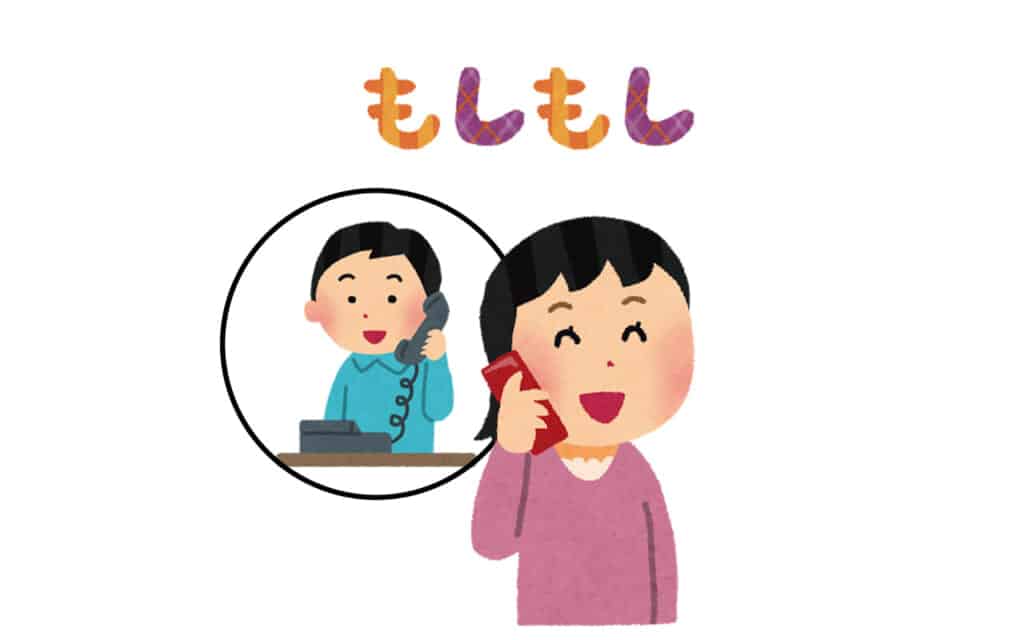
Remember that moshi moshi is more familiar in tone, preferably used for family and friends, eventually for a stranger.
How to Make a Professional Telephone Call
In a more formal situation, especially in the corporate and business worlds, it’s best to avoid the more casual moshi moshi, which risks coming across as rude and somewhat disrespectful.
Most important is to specify the group or company (会社, kaisha) that you are representing. A typical self-introduction begins with the name of your company, followed by your name: こんにちは、YY[社] の XX です (konnichiwa, YY[sha] no XX desu), “Hello, this is XX from YY company.”
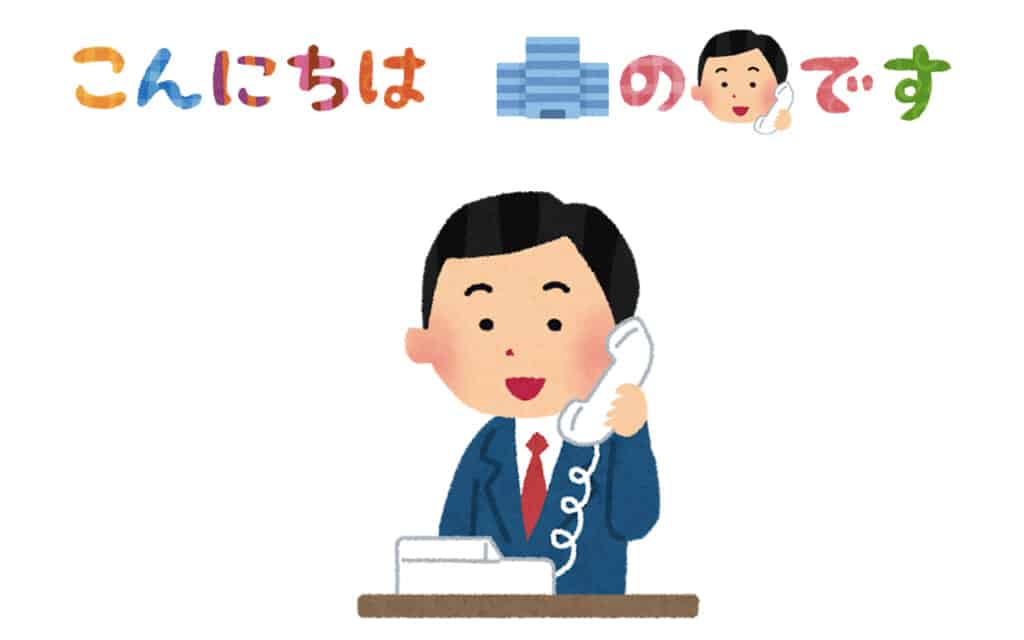
Make a professional call using the more formal and business-appropriate introduction on the phone.
To ask to speak to a specific individual, you can also say: ○○さんをお願いします (○○ san wo onegaishimasu). Don’t forget to specify the person’s title and department, which are especially helpful when several people with the same name work at the same company. In case you forget to introduce yourself first, the operator or receptionist will ask: どちら様ですか (dochira sama desu ka), “May I ask who is calling?”
How to Answer the Phone in a Professional Setting
A professional way to answer the phone is: hai, はい、○○でございます (○○ de gozaimasu), “This is XX.” Or: お電話ありがとうございます (o-denwa arigatō gozaimasu), “Thank you for calling.”
To ask someone to please hold, you can say: ちょっと待ってください (chotto matte kudasai), or more honorifically in keigo: 少々お待ちくださいませ (shōshō o-machi kudasaimase).
If you want to express a position of modesty before stating your business, as is customary in professional situations, you can prelude your conversation with お忙しいところ失礼いたします (o-isogashī tokoro shitsurei itashimasu), literally “you are busy, I’m being rude (to bother you)”.
A crucial element of professional telephone etiquette is to be sure to end your conversation with 失礼します (shitsurei shimasu), as a way of saying “sorry for bothering you”. To politely conclude your exchange with a client or supplier, the conventional expression is お世話になっております (o-sewa ni natte orimasu), “Thank you for your support, thank you for working with us.” You can also use this expression when answering the phone.
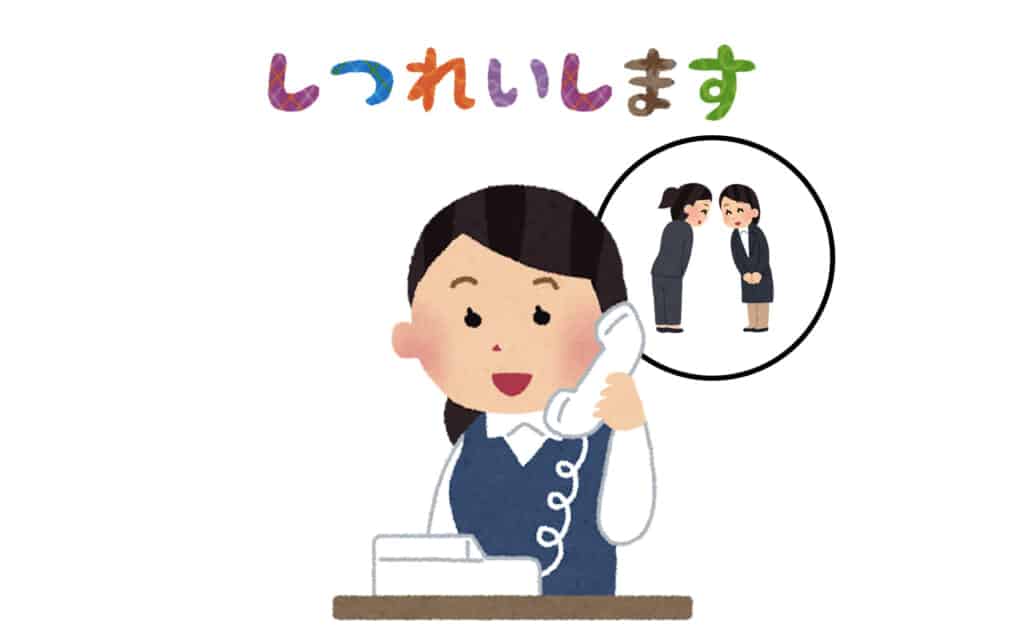
See also how to say “thank you” in Japanese, and the meaning of expressions such as Itadakimasu or Otsukaresama.
Post-2011 Popularity of LINE Messaging App
Although fairly recent, communicating via the LINE smartphone messaging application is so widespread now that even the government uses it to reach out to citizens. Launched in 2011 after the earthquake, tsunami, and nuclear meltdown in Fukushima to offset some of the traffic load on the telephone lines, LINE was so immediately successful that within just a few years it became the most popular messaging app in Japan. Today it is pretty much the default, used by more than half of all Japanese residents.
As a free app, LINE uses the Internet to relay your text messages, audio, and video calls. When you meet someone in person, simply scan their QR code with your phone to add them to your LINE contacts!
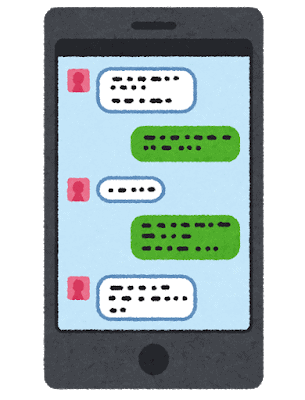
The app also offers other services: selling digital stickers and emoticons (very popular), LINE Pay for making purchases in convenience stores, photo and video sharing, voice messages, live video streaming, filters, games (Face Play), personal storage space (Keep)…
In Conclusion
In Japan, telephone etiquette is just as, if not more, ruled by conventional codes and expressions of politeness as face-to-face conversations. Moshi moshi is used for informal phone calls. In a professional context, honorifics are deployed in the form of keigo, as well as expressions that convey modesty or humility on behalf of the speaker and respect for the other person.
Translated by Cherise


